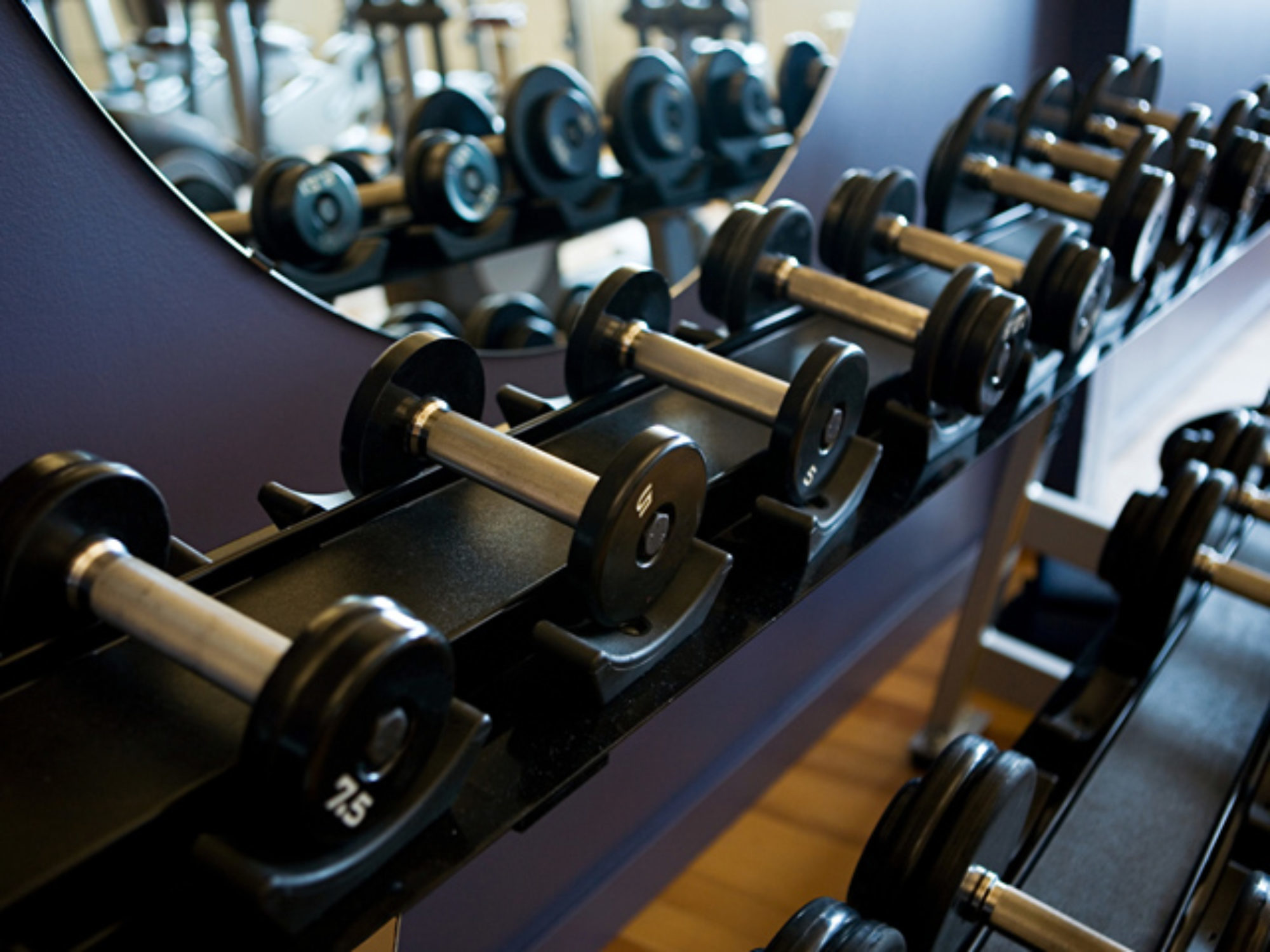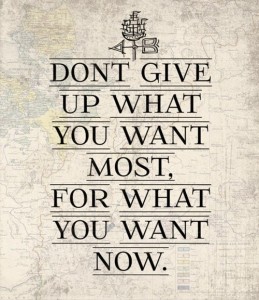Can You Pick Something Good to Eat?
Holiday merchandise hits the shelves earlier and earlier every year. Halloween is no exception. The specially packaged candy has been in the supermarkets since September. It silently screams at you, “pick me, pick me.” And whether you have kids or not, you probably want some candy in your house in the likely event of ghosts and goblins knocking on your door. So how do you make sure you don’t ravage all that sugary goodness up yourself? Well, just like anything in life, it’s good to have a plan. If you can’t say no, at least arm yourself with some tips to help keep the damage to a minimum. Liz Vaccariello, author and editor-in-chief of Reader’s Digest, has seven to help you navigate the scary waters of Halloween.1
1. Buy candy the day before Halloween
Minimize the number of days the candy is in your house before October 31. Research shows just looking at food triggers the brain circuitry that makes us imagine eating it, says Susan Albers, PsyD, a psychologist and author of the book Eating Mindfully. If you’ve already bought candy, keep it out of sight in the back of your pantry until your doorbell starts ringing.
2. Look at sugar grams, not just calories and fat
Many of us avoid fat-laden candies thinking it’s healthier to stick to fat-free choices, but those tend to be loaded with sugar, which isn’t exactly a diet free pass. (Your liver converts some sugar into fat, which your fat cells then store). A serving of Gummy Bears, for example, has 30 grams of sugar, according to Hollywood fitness and nutrition expert David Kirsch (source: HuffingtonPost.com). Compare that with the 9 grams of sugar in two or three red licorice strips.
3. Act like a kid
Remember when you’d get home, dump out your entire loot, and sift through it creating multiple piles: candy you love, candy you sorta like, and candy you hate/want to trade? Apply that same filter when you’re about to dig into the office candy bowl. If it’s not on the “candy you love” list, don’t eat it.
4. Ditch the pillowcase
The smaller the bag your kids trick or treat with, the less candy they’ll tote home, and the fewer sweets lying around you’ll be tempted to eat.
5. Turn trick-or-treating into a workout
Walking around for an hour or so does burn calories! So as long as you have a good, safe place to do it, don’t drive your kids around to satisfy their sweet tooth. Take advantage of the many health benefits you’ll reap from a leisurely neighborhood stroll.
6. Know what 150 calories of candy looks like
This is a relatively harmless amount to enjoy. But it’s easy to overdo it with those fun size treats. Keep this list in mind: 150 calories is approximately three mini York Peppermint Patties, or two fun-size packages of milk chocolate M&Ms, or six mini Musketeers, or six rolls of Smarties, or seven Hershey’s Kisses, or five snack-size Twizzler twists (from Shape.com).
7. In a candy coma? Give yourself a clean slate.
If, despite your best efforts, you still wake up in with a candy hangover, don’t beat yourself up over it. Have a filling breakfast with fiber and protein to help steady your blood sugar (try oatmeal with some berries and nuts) and go for a nice, normal, healthy workout at your usual time. Don’t use exercise as a punishment, but rather as a way to recharge your energy levels and confidence after a not-the-best eating day. Bring healthy snacks from home so you can avoid temptation at the office candy bowl.
When all else fails, sweat it out. So you overdid it. Halloween candy happens. Pick yourself up and hit the gym or the pavement the very next day. And definitely get rid of the extras lying around…temptation is the mother of all evil!
Resources:
1 http://health.yahoo.net/experts/losingitwithliz/7-diet-tricks-skinny-not-scary-halloween


